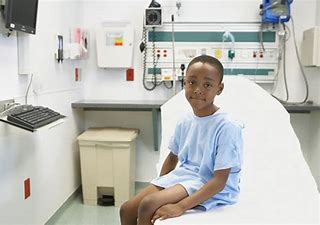Being a mom means wearing multiple hats, and one of them is doctor. The reasons you should check your child for signs of scoliosis are because it is a common condition, and it may affect your child for the rest of their life. Catching it early is the best way to treat it, so it’s important to know the signs. Find out what to look for.
Scoliosis Is Hereditary
Though few cases of scoliosis have a known cause, the condition is hereditary. For instance, your child may have it without you knowing anyone in the family who has been afflicted by the condition. This is because scoliosis isn’t always diagnosed.
It’s Hard To Diagnose
Since most cases of scoliosis don’t progress beyond the need of observation, it’s not always obvious that someone has the condition. Many people have slight curves in their spines that don’t progress far enough to require treatment. Still, the two main treatments for children with mild scoliosis are monitoring with X-rays and bracing if the curve progresses past 25 degrees.
Schools Check Many Kids at Once
Some schools still check children during early adolescence—typically around the fourth grade—since scoliosis is a common condition. About three million cases are diagnosed each year. Still, they check many kids in a day, sometimes several at once. You can’t depend on the school alone to monitor your child for health risks. Watch for common signs of scoliosis during early adolescence, such as:
- Uneven shoulders
- Uneven waistline
- Uneven hips
- Leaning to one side
- Protruding ribs
The Problem With Posture
Though poor posture doesn’t cause scoliosis, it also doesn’t help. Many kids are becoming more inactive due to Covid-19 and the lifestyle it has ultimately decided for everyone. Kids stay inside and do their classwork online. They don’t switch classrooms, which means they don’t get up and move around as much. You can ensure that posture isn’t contributing to a spinal deformity by asking your kid to perform an Adam’s Forward Bend. This will allow you to better see any evenness in their spine and shoulders.
The reasons you should check your child for signs of scoliosis are related to the fact that children are becoming more inactive, and you can’t solely rely on the schools. It’s a hereditary condition that’s difficult to diagnose, so monitor your children during early adolescence to ensure they grow up healthy and strong.








Leave a Reply